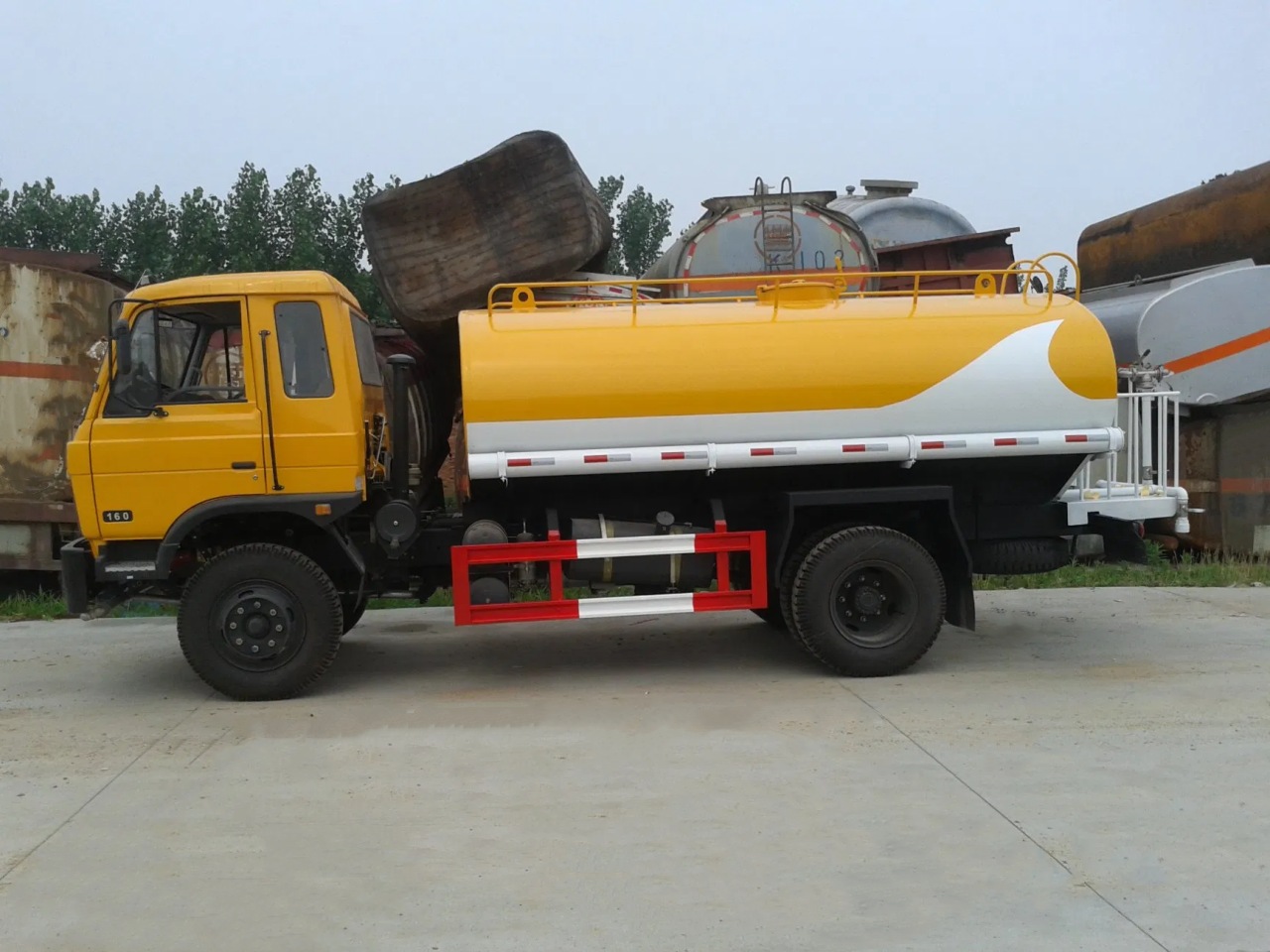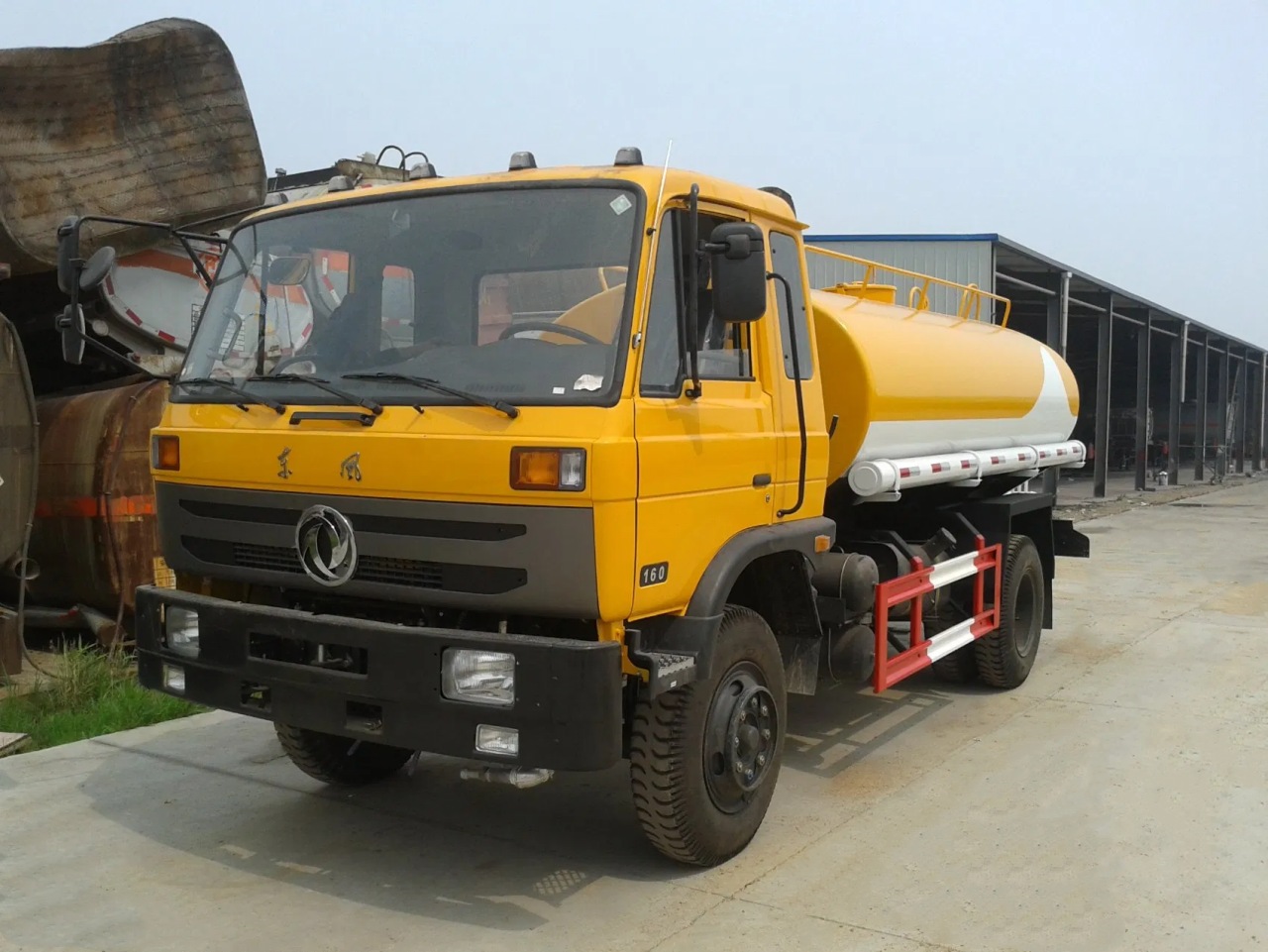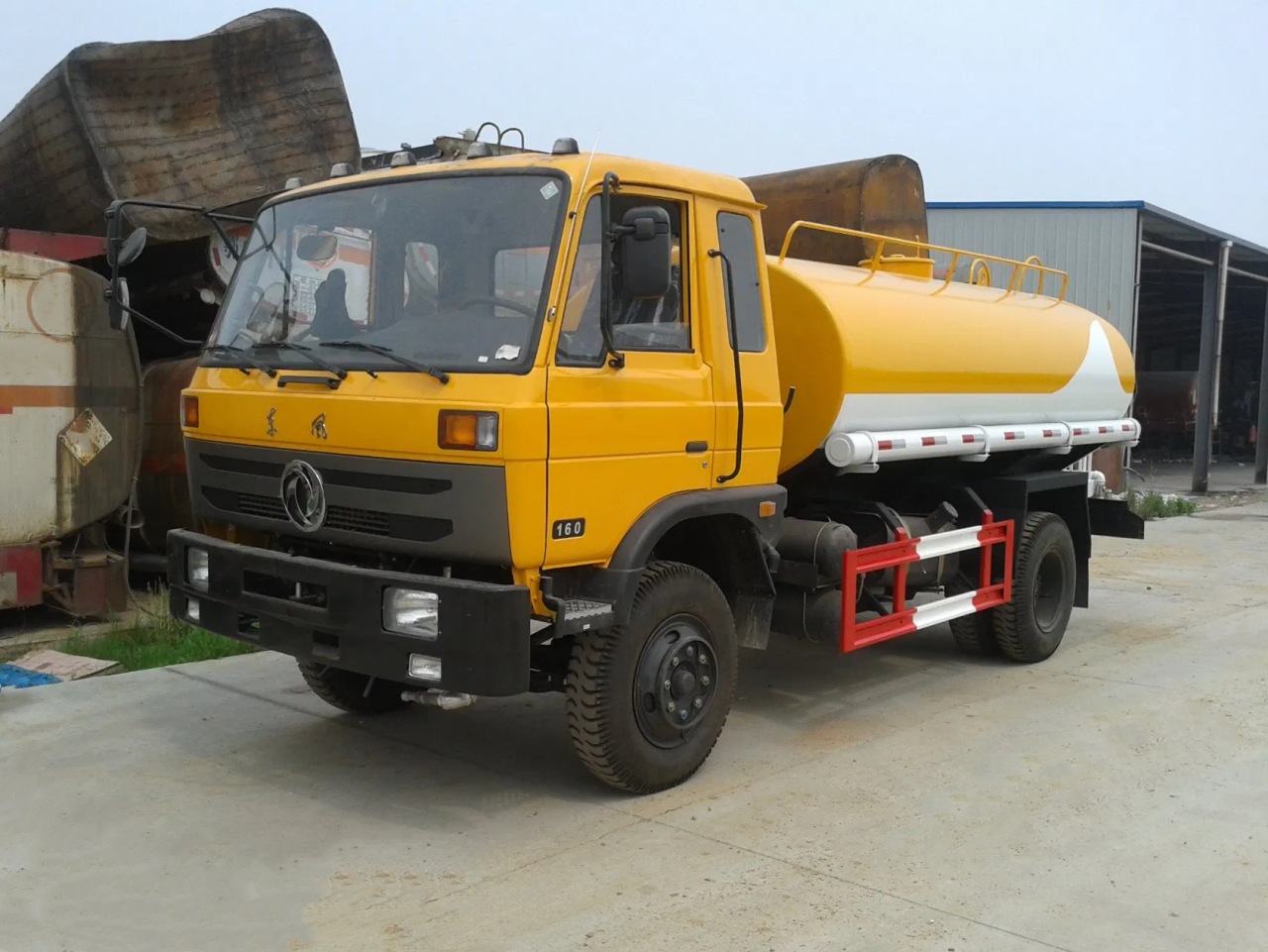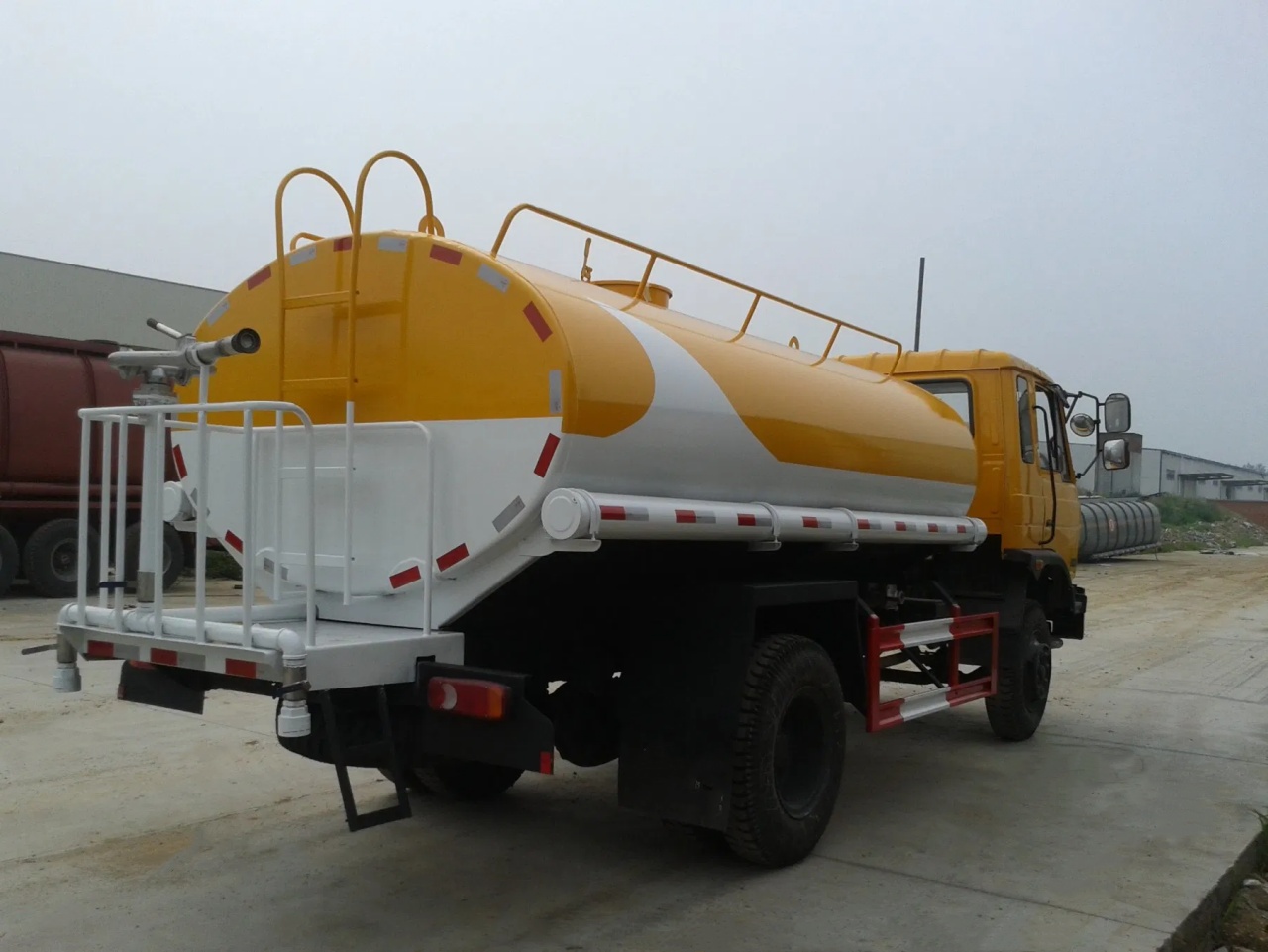Transporting water by truck is a critical logistical function that supports various industries and communities, from agriculture and construction to emergency services and remote communities. Whether it’s for drinking, irrigation, firefighting, or dust suppression, the need to transport large volumes of water safely and efficiently has led to the development of specialized vehicles and procedures. This article explores the key components, methods, and safety considerations involved in transporting water in a truck.
Types of Water Trucks
Water trucks are purpose-built or specially modified vehicles designed to carry and distribute water. They typically fall into the following categories:
- Water Tank Trucks (Rigid Chassis):
These are commonly used in construction sites, mining operations, and municipal services. They have a large cylindrical or elliptical tank mounted on a truck chassis. Capacities range from 1,000 to over 10,000 gallons, depending on the truck’s size. - Water Tank Semi-Trailers:
These are used for long-distance water transport and feature a detachable tank trailer pulled by a truck tractor. They can carry larger volumes, often exceeding 20,000 liters (5,300+ gallons), and are ideal for bulk water distribution. - Potable Water Trucks:
These are designed to transport drinking water and must comply with health and sanitation standards. The tanks are often made of stainless steel or food-grade plastic to ensure water safety and purity. - Firefighting Water Tankers:
These trucks are equipped to carry water to fight fires, especially in rural or remote areas where hydrant systems are not available. They include pumps and hoses for quick deployment. - Dust Control Water Trucks:
These trucks help suppress dust on construction sites, dirt roads, or mining operations. They are fitted with spray bars and nozzles to evenly distribute water over large surfaces.
Main Components of a Water Truck
To transport water efficiently and safely, water trucks are equipped with several key components:
- Tank:
The core of any water truck is its tank. It is usually made from steel, aluminum, or polyethylene, depending on the application. Tanks can be baffled internally to reduce water surge and maintain vehicle stability during motion. - Pump System:
A powerful water pump is necessary for filling and emptying the tank. Pumps can be hydraulic, PTO-driven (power take-off), or engine-powered. They may also allow water to be sprayed, dispensed through hoses, or distributed via gravity. - Spray Bars and Nozzles:
Water trucks used for irrigation, dust suppression, or street cleaning often have front, rear, or side spray bars with adjustable nozzles. These allow operators to control flow rate and distribution pattern. - Control Panel:
This allows the driver or operator to manage the pump, spray systems, and other functions like hose reels or suction valves. - Baffles:
Internal baffles are partitions inside the tank that prevent water from sloshing around too much during transit. They are crucial for maintaining balance and reducing the risk of rollovers. - Hose Reels:
Many water trucks come with hose reels for targeted water delivery, often used in firefighting or landscaping.
Loading the Water
Loading water into the truck tank can be done through various methods:
- Hydrant Connection:
In urban areas, trucks may be filled using a municipal water hydrant system. This process typically requires permits and a backflow prevention device. - Water Wells or Ponds:
In rural settings, trucks may draw water from natural or artificial water sources using pumps and suction hoses. - Water Treatment Facilities:
Potable water trucks are often filled at certified water treatment plants to ensure the water is clean and safe for human consumption.
It is important to ensure that the tank is cleaned and sanitized regularly, especially when switching between potable and non-potable water transport.
Legal and Safety Regulations
Water transport by truck is subject to various safety and legal regulations depending on the region and purpose of transport. These include:
- Weight Limits:
Trucks must comply with maximum allowable gross vehicle weight (GVW) limits to avoid road damage and ensure safe handling. - Tank Certification:
Tanks used for potable water must often meet standards set by health authorities, such as the NSF/ANSI 61 in the U.S. - Driver Licensing:
Operating a large water truck usually requires a commercial driver’s license (CDL), and operators may need additional endorsements for handling hazardous materials in some situations (e.g., if chemicals are added to the water). - Marking and Labeling:
Trucks carrying drinking water may need clear labeling like “Potable Water Only,” while trucks for non-potable or industrial use may be marked “Non-Potable Water – Do Not Drink.” - Safety Equipment:
Trucks must have safety features such as backup alarms, reflective markings, fire extinguishers, and anti-slip walkways.
Common Applications
Water truck services are essential in many fields:
- Construction:
Trucks provide water for dust control, soil compaction, and concrete mixing on-site. - Mining and Quarries:
Water trucks suppress dust, maintain roadways, and provide fire protection. - Agriculture:
Farmers use water trucks for irrigation, livestock hydration, and spraying crops during droughts. - Municipal Services:
Municipalities use them for street cleaning, park maintenance, and emergency supplies during water outages. - Disaster Relief:
After natural disasters, water trucks may be deployed to provide clean water to affected populations.
Maintenance and Best Practices
Regular maintenance is critical for water trucks to ensure reliable and safe operation:
- Tank Cleaning:
Routine cleaning prevents contamination, especially in potable water trucks. - Pump and Hose Checks:
Pumps and hoses should be inspected for leaks, wear, and proper function. - Brake and Suspension Maintenance:
Given the heavy loads, the braking system and suspension must be kept in top condition to avoid accidents. - Baffle Inspection:
Damaged or loose baffles can cause instability and should be repaired immediately.
Additionally, operators should receive training in load management, emergency procedures, and environmental protection to handle their responsibilities effectively.
Conclusion
Transporting water in a truck involves more than simply filling a tank and driving to the destination. It requires specialized equipment, trained personnel, and adherence to legal and safety standards. From urban firefighting to rural agriculture, water trucks play an indispensable role in modern infrastructure and emergency management. As water becomes an increasingly valuable resource, the efficiency and safety of water transport systems will only grow in importance. Whether the goal is to deliver drinking water or control dust at a worksite, water trucks remain a reliable solution for mobile water delivery.





